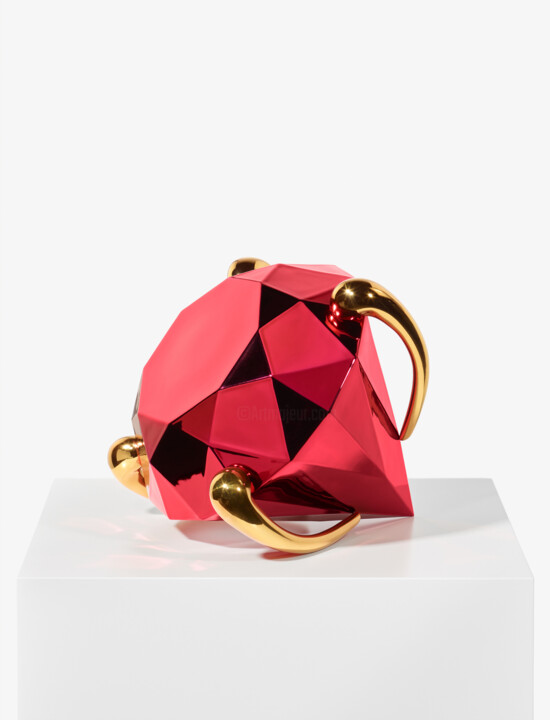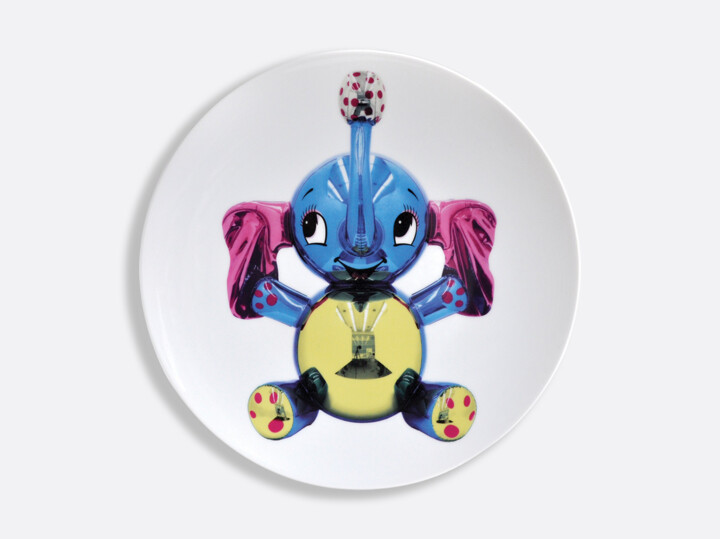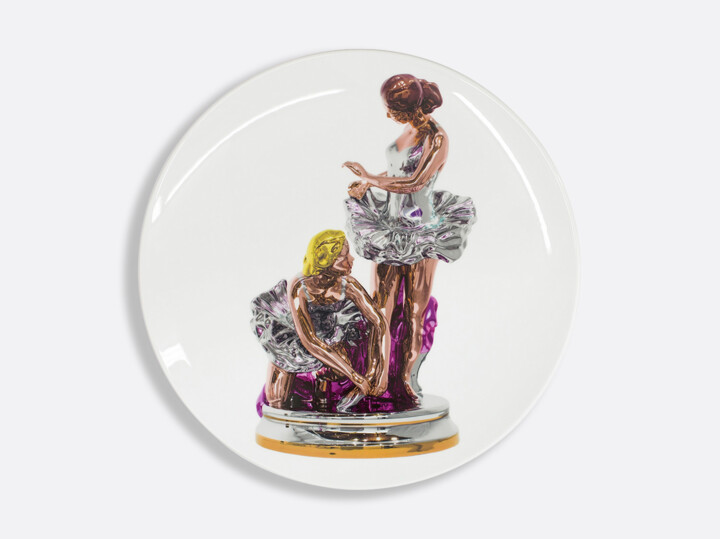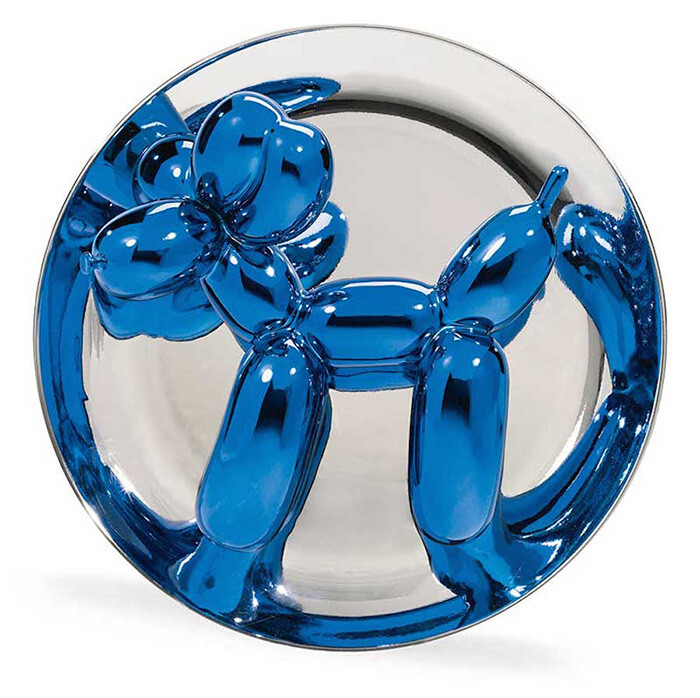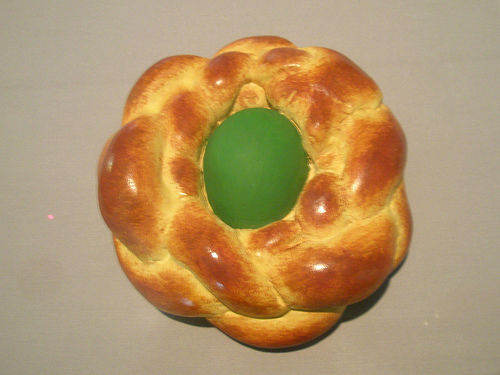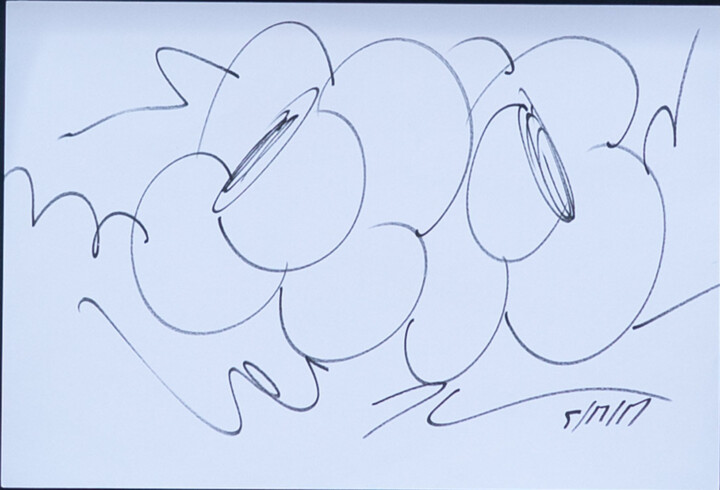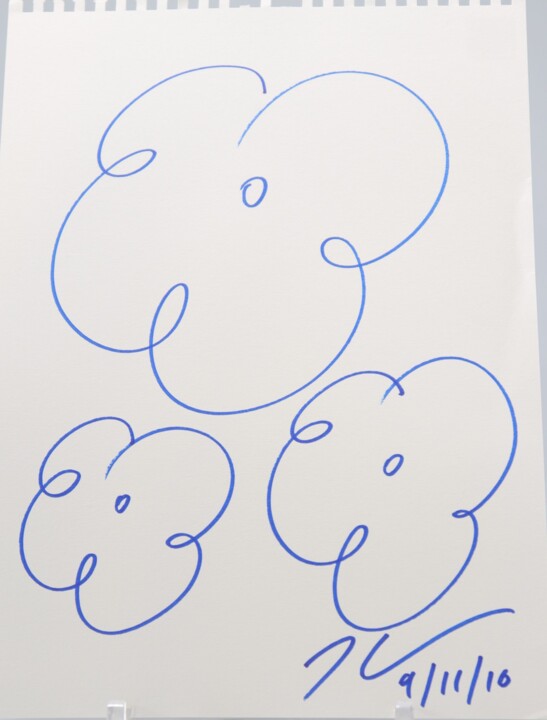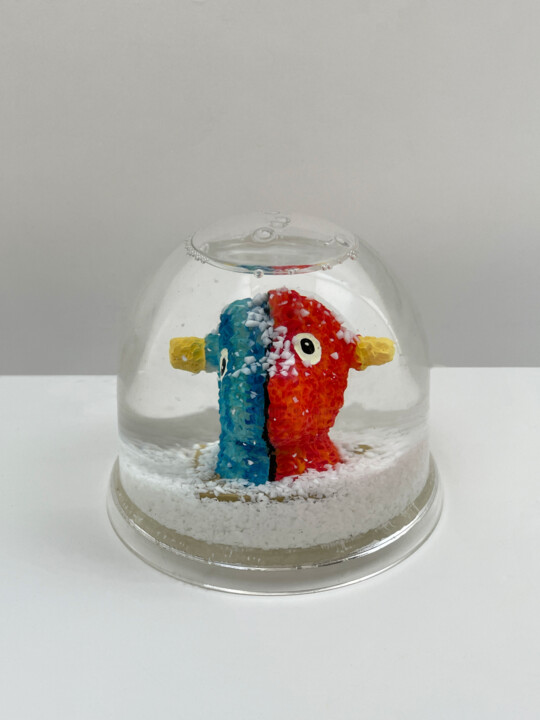 Anderson Cooper speaking with attendees at the 35th Annual Cronkite Award Luncheon at the Sheraton Grand Phoenix in Phoenix, Arizona. Please attribute to Gage Skidmore if used elsewhere., via Wikipedia.
Anderson Cooper speaking with attendees at the 35th Annual Cronkite Award Luncheon at the Sheraton Grand Phoenix in Phoenix, Arizona. Please attribute to Gage Skidmore if used elsewhere., via Wikipedia.
Who is Anderson Cooper?
Anderson Hays Cooper, born on June 3, 1967, is a prominent American broadcast journalist and political analyst who presently serves as the anchor for CNN's renowned news program, Anderson Cooper 360°. In addition to his significant role at CNN, Cooper also fulfills the role of a correspondent for CBS News' 60 Minutes.
Following his graduation from Yale University in 1989 with a Bachelor of Arts degree, he embarked on a globetrotting journey, capturing footage of war-ravaged regions for Channel One News. In 1995, Cooper was enlisted by ABC News as a correspondent. However, he swiftly diversified his contributions within the network, temporarily taking on positions such as co-anchor, host of reality game shows, and substitute morning talk show host.
In 2001, Cooper made the pivotal transition to CNN, where he was entrusted with his very own program, Anderson Cooper 360°. He has consistently held the reins as the show's host since then. His reputation flourished due to his on-the-ground reporting during critical news events, particularly his coverage of Hurricane Katrina, which propelled him to widespread recognition. In recognition of his coverage of the 2010 earthquake in Haiti, Cooper was bestowed with the prestigious National Order of Honour and Merit, the highest accolade conferred by the Haitian government. From September 2011 to May 2013, he also helmed his syndicated daytime talk show, Anderson Live.
Cooper's professional achievements are distinguished by a remarkable collection of 18 Emmy Awards, two Peabody Awards, and an Edward Murrow Award from the Overseas Press Club in 2011. As a member of the Vanderbilt family, he publicly revealed his homosexuality in 2012, becoming the most prominent openly gay journalist on American television at the time. In 2016, Cooper achieved another milestone by becoming the first openly LGBT individual to moderate a presidential debate, earning him several GLAAD Media Awards in recognition of his advocacy and contributions.
Anderson Cooper's Art Obsession in 4 points
If you're aware that Anderson Cooper's lineage connects him to Gloria Vanderbilt—an iconic figure who transitioned from a New York ingénue to a revered grande dame, leaving her mark in the realms of fashion, art, and literature, all while being the heiress to the Vanderbilt railroad fortune—the revelation of the silver-maned CNN anchor's fervent enthusiasm for fine art might not strike you as particularly unusual. Nevertheless, Anderson Cooper doesn't conform to the conventional image of a Manhattan socialite's offspring.
Despite his upbringing on the prestigious Upper East Side, Cooper's true calling beckoned him elsewhere. He embarked on a path that led him to some of the world's most rugged and war-ravaged territories, where he reported on countless heart-wrenching stories with a sense of urgency and eloquence that have endeared him to audiences, establishing him as one of today's most cherished television journalists.
You might wonder, what does all of this have to do with the art world? Surprisingly, not much—or so it might seem. That's precisely why it's all the more astonishing that this globe-trotting anchor, who's accustomed to the relentless demands of his profession, still manages to devote time to art fairs and auctions, staying attuned to the ever-evolving art scene. In fact, Anderson Cooper has more ties to the New York art scene than one might expect, and here's how.
1. You Can See Some of Cooper's Collection in an H&M Video
The promotional escapade orchestrated by the fast-fashion giant H&M took an intriguing turn with a rather peculiar concept: the inclusion of David Beckham, primarily known for his modeling gigs in men's fashion shoots, alongside comedian Kevin Hart, who was gearing up to portray Beckham in an upcoming cinematic endeavor. Now, you might be wondering, what role does Anderson Cooper play in this whimsical narrative?
Curiously, the promotional video unfolds primarily within the confines of Anderson Cooper's elegant Manhattan residence. As you observe the scenes, you'll notice that the walls are adorned with an eclectic array of captivating elements. Among these are black-and-white photographs featuring trees, artisanal hand-painted signs, vintage gymnasium posters, and a fascinating collection of maritime imagery. The question lingers: Were these carefully curated by H&M for the video, or are they reflective of Anderson Cooper's personal taste and curation?
2. Njideka Akunyili Crosby Is Cooper's Favorite Artist
This inclination is particularly evident on his Instagram feed, where Anderson Cooper has shared several artworks by Njideka Akunyili Crosby, a Nigerian-born artist based in Los Angeles. Crosby's canvases exhibit a compelling fusion of collage, drawing, painting, printmaking, and photo transfers. They seamlessly weave elements of African culture into the tapestry of Western art history. In one instance, Cooper encountered a diptych by Crosby in 2016, priced at $75,000 and ultimately acquired by a museum. He encountered this piece within Victoria Miro's exhibit at the Armory Show in New York, and he proudly featured it on his Instagram with the caption "one of my favorite contemporary artists." Another post celebrated Crosby's inclusion in the esteemed Hammer Museum.
Beyond Crosby, Cooper's Instagram showcases his appreciation for an array of talented artists. He has posted images of paintings by Nicole Eisenman, Mark Bradford, Ravi Zupa, Adrian Ghenie, and Nathaniel Mary Quinn, underscoring his genuine enthusiasm for the world of contemporary art.
3. Cooper's Baby Picture Once Hung in the Getty
Why is this photograph of particular significance to Anderson Cooper? Well, it's because it was captured by none other than Diane Arbus, renowned for her distinctive ability to portray individuals on the fringes of society. Arbus departed from her usual style by embarking on a portraiture project that aimed to immortalize individuals she deemed "elegant." Over the course of three weeks, she paid visits to Cooper's parents, who had a social connection with the artist, for a series of photographic sessions. Recalling those moments, the anchor shared with Harper's Bazaar that his mother mentioned how Diane became fixated on photographing him.
The introduction to Arbus's work began at a young age for Anderson Cooper, as his family home featured the pictures she had taken of him. However, it wasn't until he was around 11 or 12 years old that his fascination deepened. This occurred when a New York exhibition of Diane's work prominently featured one of the photographs taken during those sessions, using it as the invitation image. Anderson attended the exhibition and subsequently delved into Arbus's oeuvre, furthering his interest in her artistry. He had the opportunity to meet Diane's daughter, Doon, who generously gifted him a copy of the photograph. He then acquired another copy from an art gallery. Anderson Cooper now keeps an eye on auction catalogs, occasionally tracking the photograph's appearances. He even noted that prominent figures like Elton John and Annie Leibovitz have owned copies, and he once encountered a copy hanging in someone's home, navigating the delicate decision of whether to acknowledge it or not.
In Anderson's converted firehouse residence in the Village, one print of this iconic photograph graces the stairwell, while the other finds its place in his Connecticut home. Originally published in the 1968 Valentine issue of Harper's Bazaar, the photograph gained further recognition when it featured in Diane Arbus's retrospective at the Museum of Modern Art in 1972. In 2012, it was part of an exhibition titled "Portraits of Renown: Photography and the Cult of Celebrity" at the J. Paul Getty Museum in Los Angeles.
4. Cooper Paid $1.4 Million for a Jeff Koons
And... here's the kicker: the artwork hadn't even come into existence at that point! It all unfolded back in 2014, at Sean Penn's star-studded Help Haiti Home gala, where Anderson Cooper found himself reaching deep into his pockets to engage in a spirited bidding showdown against his fellow CNN host, Piers Morgan, for a high-value prize. In the end, Cooper emerged triumphant, parting with a staggering $1.4 million to claim the victory.
The auction item's unveiling commenced with Sean Penn revealing that, influenced by Charlize Theron's persuasive powers, he had decided to part ways with his firearms collection. "The highest bidder will gain possession of every single one of my firearms," he declared, "entrusting them to the hands of the renowned artist and sculptor, Koons, who will undertake the task of decommissioning and rendering all of my weaponry inert." This process involved melting down the firearms and repurposing the metal to craft a work of art. It was an ingenious approach that not only mitigated the potential for gun violence but also transformed the instruments of destruction into a piece of artistic expression. A convergence of art and societal responsibility—a story that was right within Anderson Cooper's journalistic purview.
 Anderson Cooper covering the Trump/Kim Summit in Singapore, 2018, via Wikipedia.
Anderson Cooper covering the Trump/Kim Summit in Singapore, 2018, via Wikipedia.
Faceless portraits
Anderson Cooper and his life companion, Benjamin Maisani, have openly shared insights into their art collection, shedding light on their preferred artists.
In a Town & Country interview, the distinguished CNN correspondent and his partner, who previously dedicated five years to his work at the Morgan Library, unveiled the intriguing facets of their art preferences. Their inclinations, as one might anticipate from this seasoned duo, are marked by a fascinating blend of diversity and divergence. Benjamin Maisani exhibits a penchant for Old Masters and antiquated maps, while Anderson Cooper gravitates more towards contemporary artistic expressions. However, a noteworthy intersection emerges in their artistic predilections: the enigmatic world of faceless portraits.
During the previous year at TEFAF, the couple made notable acquisitions, including Anton Raphael Mengs's Portrait of Mariana de Silva y Sarmiento, Duquesa de Huescar—an enigmatic, featureless portrait that had been part of the Met Breuer's somewhat underwhelming inaugural exhibition, "Unfinished: Thoughts Left Visible." Their art shopping spree continued at the booth of dealer Otto Naumann, where they acquired The Martyrdom of Saint Bartholomew by the Italian painter Andrea Vaccaro, a vivid depiction capturing the anguished expression of St. Bartholomew before his gruesome flaying.
These acquisitions align more closely with Benjamin Maisani's discerning taste, characterized as "more cerebral and polished," undoubtedly influenced by his academic background in art history. In contrast, Anderson Cooper's preferences lean towards art that exudes spontaneity and unrestricted creativity, a sentiment affirmed by a deep exploration of his Instagram feed, revealing his fondness for collecting hand-painted signs. Additionally, Cooper has shown admiration for contemporary talents such as Njideka Akunyili Crosby, recognized as a MacArthur "Genius," and Toyin Ojih Odutola, a current luminary at the Whitney Museum.
Within their art trove, one can discover remarkable creations by the Romanian artist Adrian Ghenie, whose canvases defied all expectations during the auction cycles of 2016 by fetching prices well beyond pre-sale estimates. Anderson Cooper, in particular, has a strong affinity for Ghenie's expressive portraits, which bear a striking resemblance to Francis Bacon's works, notable for their obliterated facial features.
The couple's assemblage also boasts the contributions of Austrian painter Markus Schinwald, known for his unique approach of acquiring 19th-century portraits hailing from the conservative Biedermeier era and then ingeniously "enhancing" them with surreal medical contraptions seamlessly integrated into the otherwise impeccable portraits.
Evidently, these two individuals harbor distinctive and individualistic tastes—one seemingly rooted in Old World traditions, while the other exuding a rock 'n' roll spirit. However, their shared passion for enigmatic portraits may very well steer them towards acquiring a masterpiece fit to crown their collection—namely, Leonardo da Vinci's eerie Salvator Mundi, which is scheduled to go under the hammer later this month.
The interview with Anderson Cooper and Benjamin Maisani
Anderson Cooper: Relatively recently, to be honest. When I crossed paths with Benjamin nine years ago, my interests in collecting were quite different—I had a peculiar fascination with African hand-painted signs, of all things. However, as time passed, my curiosity gravitated towards contemporary art, aligning with Benjamin's passion for Old Masters.
Benjamin Maisani: My journey into collecting art began during my academic pursuit of art history, with a particular focus on 17th-century Italian art. Subsequently, I spent approximately five years working at the Morgan Library, during which I started to cultivate an affinity for collecting Old Master prints and rare books. Those were the only acquisitions that fit my budget at the time. Later on, I delved into the world of antique maps, gradually transitioning to the realm of Old Master paintings. Consequently, when I met Anderson, I already possessed a collection of somewhat antiquated items.
AC: My earnest commitment to this endeavor materialized about two years ago. That's when I encountered a superb art advisor by the name of Marisa Kayyem, who has affiliations with Christie's. With her guidance, I embarked on a journey of visual education, refining my artistic sensibilities and discerning my preferences. There's no rush in our approach; I believe both of us share the sentiment that we only desire pieces that truly captivate our hearts. Our goal is to assemble a collection that authentically reflects our identities.
BM: Anderson certainly possesses a more contemporary and modern artistic inclination. However, after several years of cohabiting with my collection of Old Masters, he developed a genuine appreciation for them. I would describe my preference as leaning towards art that carries a certain cerebral and refined quality, while Anderson tends to gravitate towards pieces that exude spontaneity and unrestrained creativity. Nevertheless, there exists a substantial overlap within these parameters.
AC: Many of the Old Masters in Benjamin's collection, as well as the artworks we've jointly acquired, strike me as remarkably modern. I believe this is one of the intriguing aspects that often goes unnoticed about Old Masters. Their art continues to resonate with contemporary sensibilities. It boasts an extraordinary level of boldness and contemporaneity, having undeniably withstood the test of time. Our encounter with the Mengs portrait, which we purchased at TEFAF last year, initially occurred during the 'Unfinished' exhibition at the Met Breuer. We were captivated by it there, and it came as a pleasant surprise to find it at TEFAF. Fortunately, we were able to acquire it, along with two splendid works by Andrew Vaccaro from Otto Naumann.
BM: My formative years as a student involved immersing myself in the European Old Master collections at the Metropolitan Museum of Art and the Brooklyn Museum. However, my profound appreciation for works on paper owes a great deal to my time spent at the Morgan Library. It was there that I truly cultivated my admiration for graphic works and rare books. Had it not been for the Morgan, my collecting interests might have revolved more around paintings.
AC: During my upbringing, my collecting proclivities leaned towards acquiring early 20th-century toy soldiers, particularly those representing figures from the British colonial wars. I was a rather peculiar child in that regard. Nevertheless, my mother, Gloria Vanderbilt, was and still is a painter. Consequently, I grew up in an environment steeped in art. Moreover, her aunt, Gertrude Vanderbilt Whitney, founded the Whitney Museum, establishing a longstanding tradition in my family of frequenting museums and appreciating art.
Is it still feasible, in the 21st century, to amass a formidable collection of Old Masters?
BM: I believe there are still exceptional artworks available within this domain, and it remains a market that is often underestimated. Ultimately, for us, the objective isn't necessarily to create a world-renowned collection. Our pursuit in this endeavor is driven by personal enjoyment, and as long as we surround ourselves with artworks that hold significance and resonance for us, we consider the goal to be fulfilled.
Your collection encompasses a diverse array of portraits, spanning from Renaissance masterpieces to contemporary creations by artists like Adrian Ghenie and Markus Schinwald. What is it about the genre of portraiture that holds such appeal for you?
BM: I think what captivates us most about portraiture is the artist's remarkable ability to convey the personality and inner psyche of the subject, regardless of when the painting was executed. We possess portraits that are half a millennium old, and yet they exude a vibrancy today that matches their original allure. This immediacy is exceptionally compelling. Additionally, the fascinating aspect of a genre like portraiture lies in its capacity to facilitate intriguing dialogues; for instance, juxtaposing an Italian Renaissance portrait alongside a contemporary work such as the one by Adrian Ghenie in our collection fosters a dynamic and thought-provoking discourse.
Does this imply a focus on contemporary artists who exhibit a strong connection to the art-historical tradition?
AC: I derive immense satisfaction from the interplay between the various artworks in our collection. I actively seek out contemporary art that engages in a meaningful dialogue with earlier works, and I also seek pieces that I believe will withstand the test of time. I approach this process with patience, investing time in acquiring an in-depth understanding of each artist. If the artist is still alive, I enjoy meeting them in person to gain insights into their creative process. I've had the privilege of visiting Adrian Ghenie on a couple of occasions in Berlin and have frequented Mark Bradford's studio in Los Angeles numerous times. Both artists are truly exceptional.
Can you foresee how the collection might evolve in the years ahead?
AC: Without a doubt, my interest in contemporary artists remains steadfast, and I aim to further expand in that direction. In addition to Mark and Adrian, I hold a deep appreciation for artists like Njideka Akunyili Crosby and Toyin Ojih Odutola. I view this as a long-term, lifelong endeavor and derive great joy from continuous learning throughout this journey. The entire art market fascinates me—the intricacies of the art world, the way it operates, and at times, how it may not always serve the best interests of these exceptional artists. Furthermore, it's genuinely rewarding to have something to be passionate about beyond my professional work.
BM: I've been engaged in collecting for approximately 15 years, and I find myself content with the overarching trajectory of our collection. Undoubtedly, Anderson will persist in his efforts to introduce me to the realm of contemporary art, while I will persist in tempting him toward the enchanting world of Old Masters. I anticipate that our collection will persist in its eclectic nature, characterized by this intriguing fusion of artistic styles and periods.

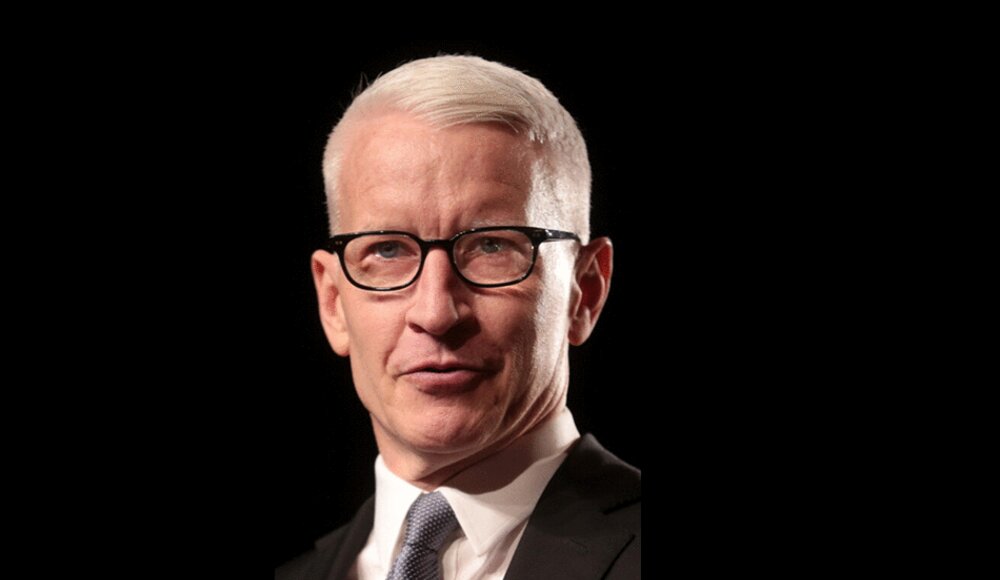
 Selena Mattei
Selena Mattei

